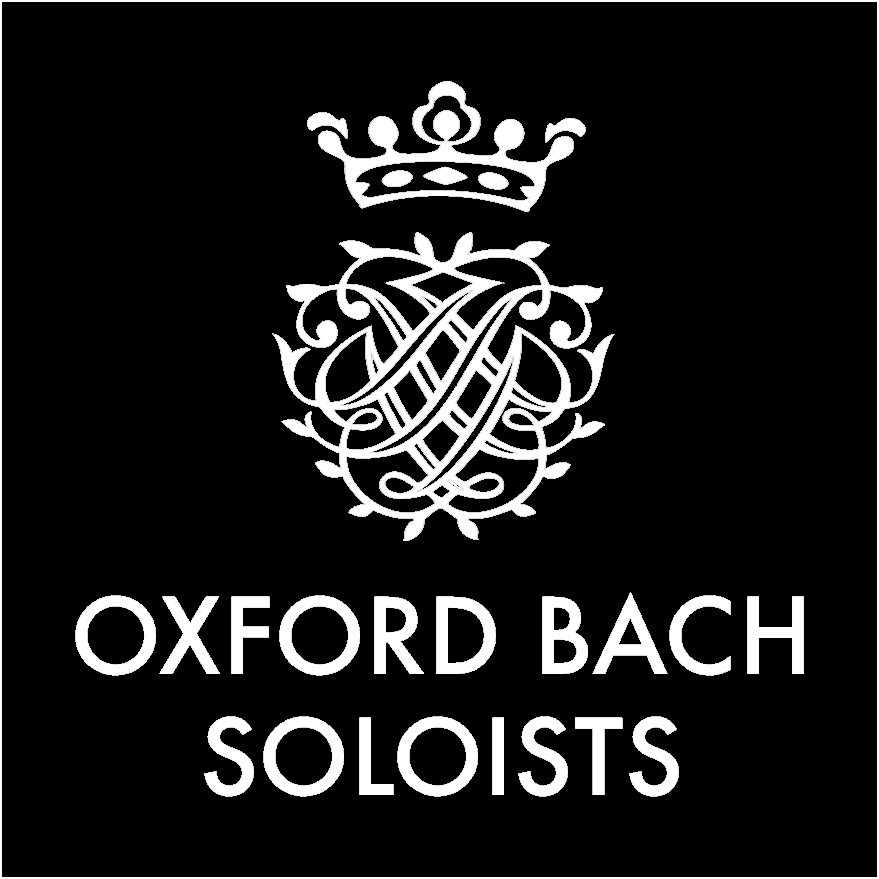In 1723 Bach landed the top job – the most prestigious musical position in Protestant Germany. It was here in Leipzig that Bach’s glittering masterpiece, the Christmas Oratorio was premiered at two of the city’s finest churches.
So what exactly was Bach’s role in Leipzig?
Leipzig was a prominent mercantile city in the Electorate of Saxony. As Cantor of the Thomasschule at St. Thomas’s Church, Bach’s role was to provide music for four churches in the city: St Thomas’s, St Nicholas’s, the New Church and St Peter’s.
Bach was only offered the position after Telemann had turned it down, and Bach frequently disagreed with his employer, Leipzig’s city council, who he thought were ‘penny-pinching’. Nevertheless, Bach was to increase his bargaining power after he presented the first part of what was to become his Mass in B Minor to the new Elector of Hanover & King of Poland – Augustus III – and was eventually awarded the title of Court Composer. In the accompanying inscription to the mass Bach complains that he had ‘innocently suffered one injury or another’ in Leipzig.

Augustus III
Bach employed four deputies to assist with the teaching of Latin and musical instruction. However, the really demanding aspect of the job was to provide a cantata for all the Sunday services and other feast days in the Lutheran calendar. Bach composed over 300 cantatas during his time in Leipzig, of which over 200 survive.
In March 1729, Bach made a shrewd move taking over the directorship of the Collegium Musicum, a secular performance ensemble started by Telemann which played an increasingly important part in public musical life. Leipzig’s Collegium Musicum played regularly in venues such as the Café Zimmermann performing many of Bach’s works including his violin and keyboard concertos.

Café Zimmermann
Bach’s health declined in 1749 and his eyesight was failing. The following year, the infamous British eye surgeon and charlatan, ‘Chevalier’ John Taylor twice operated on Bach – as he had also done on Handel. Notorious for his womanising as much as for his dubious surgical skills, the operations were unsuccessful and a few months later Bach had died.
Bach was originally buried at Leipzig’s Old St. John’s Cemetery in an unmarked grave. But in 1894, his remains were relocated to a vault in St John’s Church. However, following the building’s destruction by Allied bombing during World War II, he was reinterred in St Thomas’s Church – the very place where part of his Christmas Oratorio was first performed in 1734.

Resting place of JS Bach
Experience the first three parts of Bach’s Magical Christmas Oratorio this Christmas at New College, Oxford.
After the performance you can join the Oxford Bach Soloists again when they take us into Christmas Day itself from 11pm with Midnight Mass (free admission).


